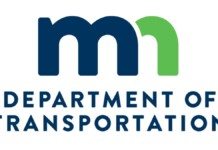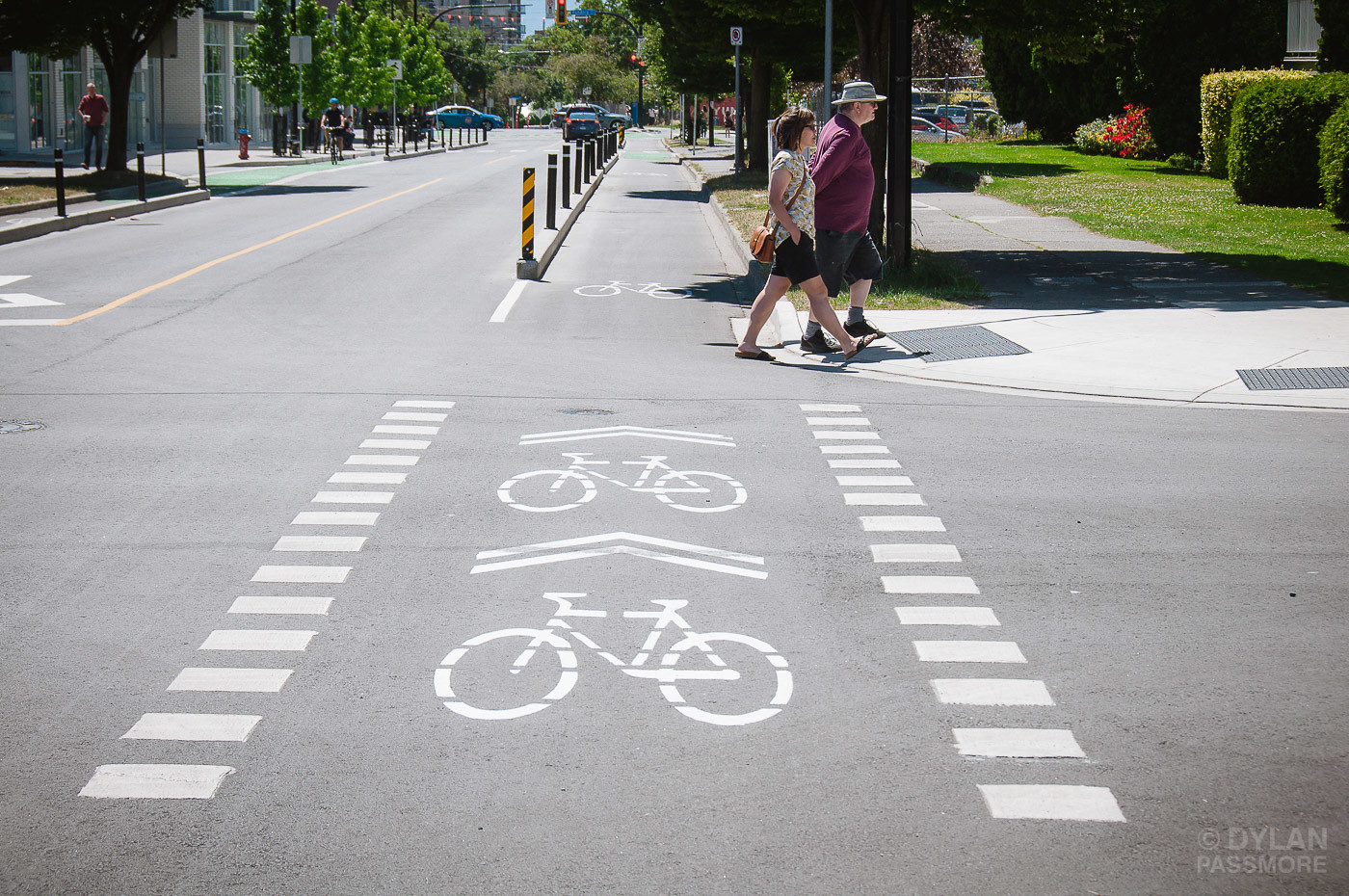Most people in rural areas don’t ride a bike often, if at all. As such, they don’t see the benefits of safe and adequate trail networks. Too many local governments don’t see it either, and therefore rural communities don’t get adequate funding, support or planning for trail networks. The nation also lacks sufficient design guidance specifically for rural biking and many small communities don’t include experts in such design.
So concluded the Mountain Plans Consortium, which released a report to getting bike trails built in rural areas, specifically Wyoming. The consortium did find some improvement in commitment and trail development in the state, however.
The consortium relies largely on a 2015 Wyoming Bicycle Facility Design survey of rural areas. The survey found that attitudes toward bicycling had improved in the state in the previous five years.
The authors of 2019’s Rural Bicycle Design Guide for Wyoming say their survey found that “it is difficult to gain public support to allocate funds for bicycle projects. Bicycle facilities are often viewed as too expensive, or they are ranked low on the priority list. Neighborhood resistance to new trails existed, likely because of the subsequent traffic attracted to the neighborhood.”
Wyoming will give communities bike grants, however. Pinedale, for instance, got money from the Wyoming Department of Transportation to connect paths and create one leading to an elementary school. The department will also provide helmets and presentations on bike safety, the Guide says.
Despite resistance, the Guide provides instruction on choosing the types of bike facilities communities might want (bike path, paved shoulder, etc.) and how to design them for rural areas. It discusses the many factors planners might need to consider, from traffic calming methods to railroad crossings, beacons, bike boxes, turn lanes at intersections, or other similar infrastructure considerations. It largely relies on standards of the American Association of State Highway and Transportation Officials (AASHTO).
Find the guide at https://www.ugpti.org/resources/reports/details.php?id=971&program=mpc










